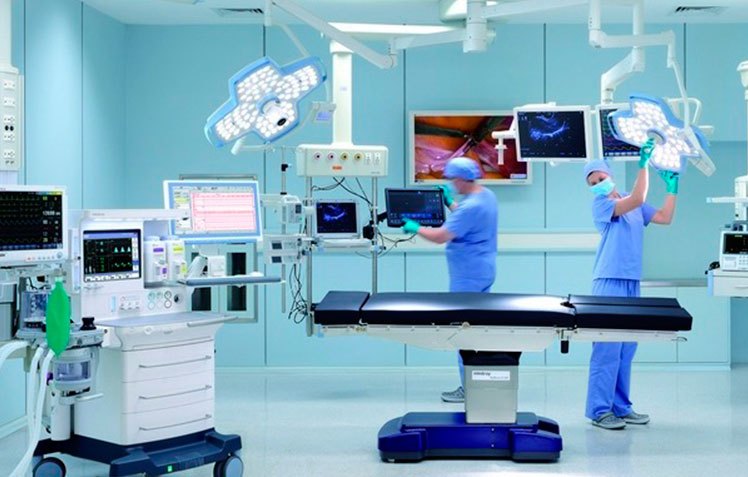The teaching consists of lectures and five compulsory laborative experiments.
• Physiological sensors
• Biosignals, its origins and significance
• Characteristics of different sensors
• Instrumentation in physiological measurements
• Methods for measuring temperature, pressure, flow and volume of blood and respiratory gases
• Signal processing applied to biosignals
• Possibilities, limitations and sources of error in different methods
Laborative experiments:
Design of a measurement system using thermocouple and thermodiodes to measure temperature.
Design of a measurement system using piezoelectric transducer for measurement of pulse rate and blood pressure.
Study the application of accelerometers in a Pacemaker.
Design of a measurement system using optical transducers to measure concentration
Design of ECG bioamplifier to record the ECG signals and study the different sources of errors while recoding the biosignals.
Laborations where thermistors, thermocouples, piezoelectric, optical and magnetic sensors used for measuring and processing of physiological signals.
The overall goal of this course is to provide a deeper understanding of the of measurable physical signals in the human body, to increase understanding of the function and application of modern medical sensors and measurement principles, processing and presentation of results, and the ability to construct the measuring system for measuring physiological parameters.
After successful completion of the course the student should be able to:
• explain the bioelectric signals about the origin and significance
• understand the characteristics of different sensors, the advantages and disadvantages, and choosing appropriate sensors for measuring temperature, pressure, flow, volume and concentration of blood and respiratory gases.
• specify the requirements for gain, bandwidth, and CMRR of medical devices
• evaluate the possibilities, limitations and sources of error in various methods of signal processing applied on Biosignals.
• explain the meaning of the concepts of sensitivity and specificity in clinical environment.
• use a few sensors, such as termoresistorer, thermistors, thermocouples, piezoelectric, optical and magnetic to measure physiological signals.
